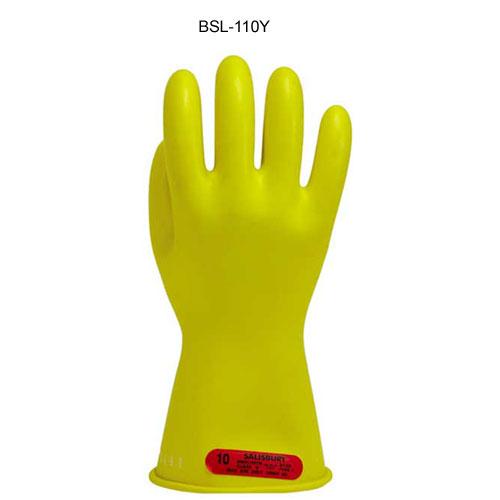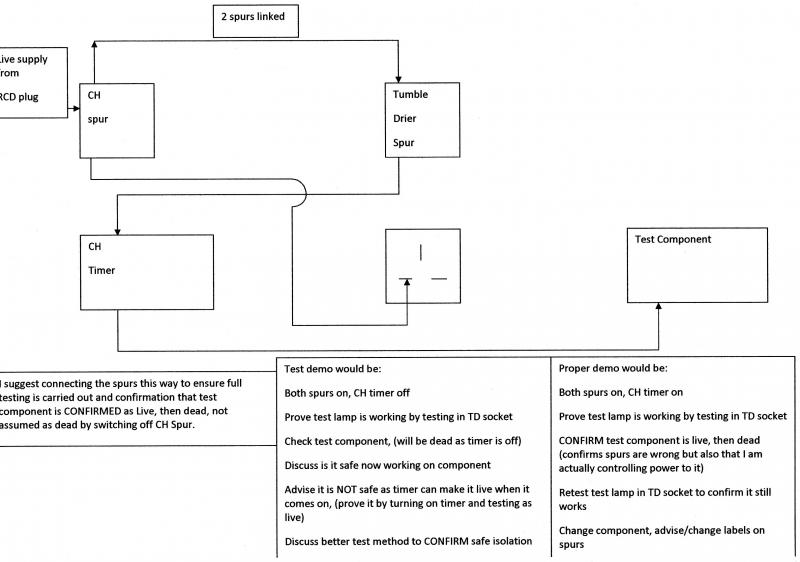has anyone got anything set up to demonstrate safe isolation that they dont mind sharing, or are willing to assist me by coming up with something for me. i can demo it on a live control rig using a gas valve (as the electrical connections are easily accessed) but i'm not comfortable letting someone else do it on a 24ov rig, as i am trying to confirm they have grasped the theory and can do the practical side, on a live rig proof they have not grasped the theory has dire consequences 
so what i thought was something connected to a battery rather than 240v, i have access to any electrical controls, switches, light fittings plus gas controls etc what i need is advice on how to set something up on a test board, so that there is a power supply, a fused spur (as that is what most gas engineers would use to isolate) and something on the end to test to confirm power is on then off then on again, i intend to use a fluke test lamp and have a socket shutter opener (if that is the right name) which i use at the moment to confirm my test lamp is working.
i am comfortable doing the test live and and explain what i mean but you can see why i am uncomfortable letting a student do it in case they get it wrong.
cheers
so what i thought was something connected to a battery rather than 240v, i have access to any electrical controls, switches, light fittings plus gas controls etc what i need is advice on how to set something up on a test board, so that there is a power supply, a fused spur (as that is what most gas engineers would use to isolate) and something on the end to test to confirm power is on then off then on again, i intend to use a fluke test lamp and have a socket shutter opener (if that is the right name) which i use at the moment to confirm my test lamp is working.
i am comfortable doing the test live and and explain what i mean but you can see why i am uncomfortable letting a student do it in case they get it wrong.
cheers



